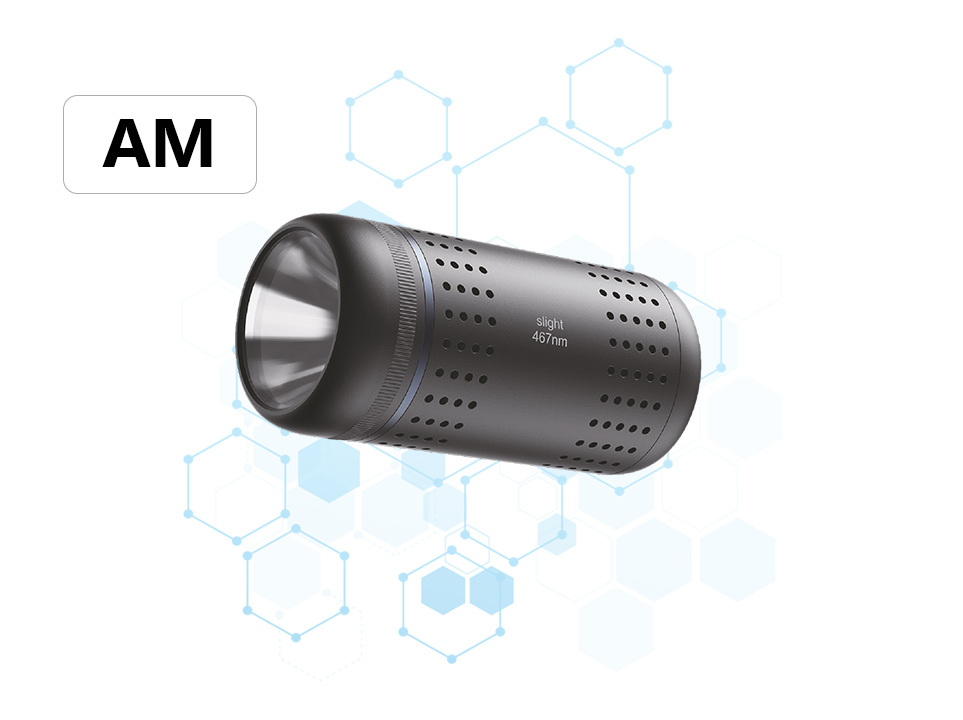The role of photocatalytic reactor in cycloaddition synthesis of γ - lactones

The role of a photocatalytic reactor in the cycloaddition synthesis of γ-lactones involves leveraging light energy to drive highly selective and efficient chemical transformations. Here is a structured overview of its key functions and significance:
1. Energy Activation and Reaction Initialization
Light-Mediated Excitation: The reactor uses light (UV/Vis LED or solar) to excite photocatalysts (e.g., TiO₂, ZnO, or metal-organic frameworks), generating electron-hole pairs. These active species initiate redox reactions critical for Ring addition mechanisms, such as epoxide ring opening or Diels Alder reaction.。
Green Chemistry: Avoids traditional thermal activation, reducing energy consumption and eliminating toxic additives.
2. Enhanced Selectivity and Efficiency
Controlled Reaction Pathways: Photocatalytic systems can direct the formation of γ-lactones by stabilizing intermediate cyclic transition states (e.g., oxetane or tetrahydrofuran intermediates).
High Yields: Reportedly achieves >80% yield in model reactions (e.g., cycloaddition of α,β-unsaturated ketones with epoxides) under mild conditions.
3. Scalability and Process Optimization
Flow Reactor Design: Continuous flow systems enable precise control of light exposure, residence time, and mixing, ensuring scalability for industrial applications.
Catalyst Recycling: Immobilized catalysts (e.g., on mesoporous supports) allow repeated use without loss of activity.
4. Broader Applications in Lactone Synthesis
Diverse Substrates: Facilitates the synthesis of γ-lactones from substrates like α,β-unsaturated aldehydes, enones, or conjugated dienes via [4+2] cycloaddition.
Aqueous Media Compatibility: Many systems operate in water, enhancing biocompatibility for potential pharmaceutical or agrochemical applications.





